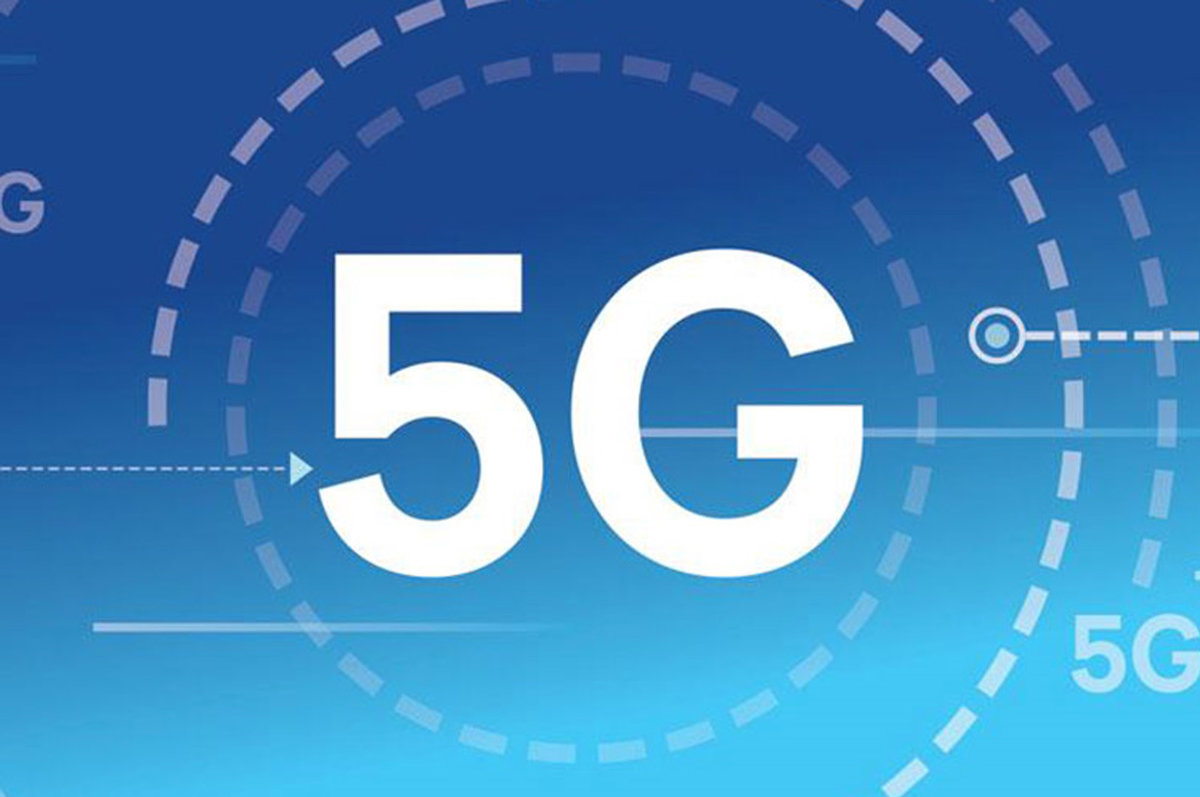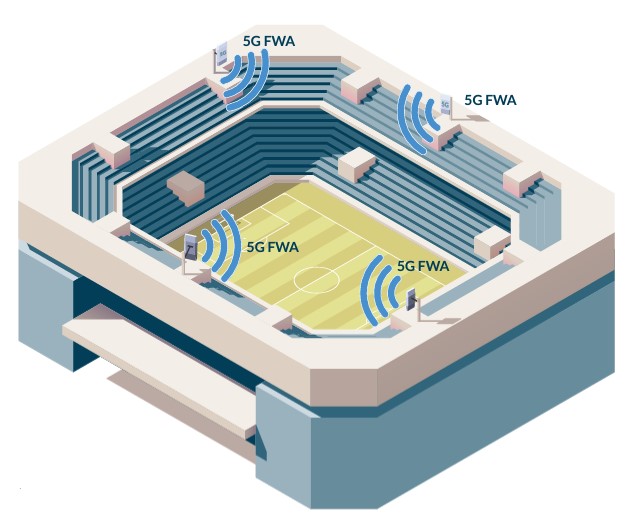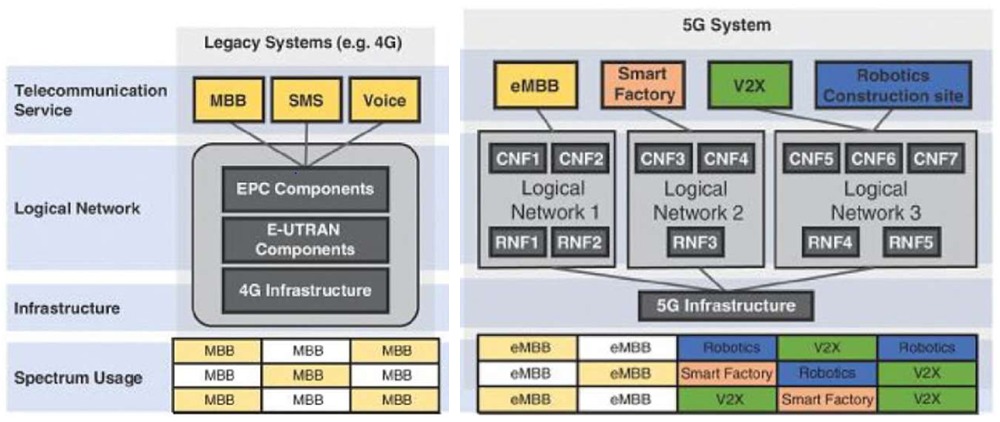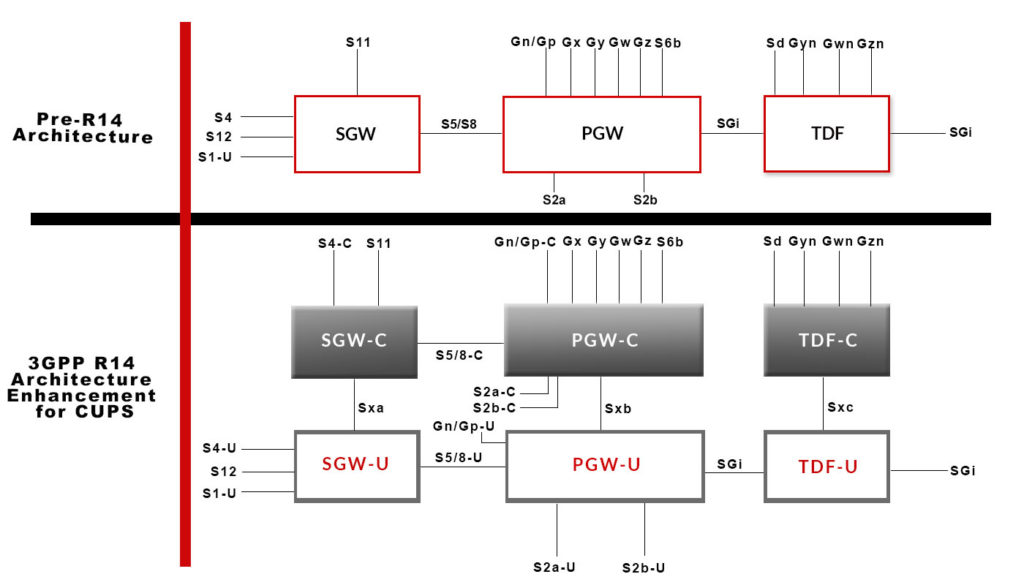In 5G deployment, there are some similarities and a few differences between LTE and 5G NR protocols. The typical OSI layers and 5G NR Protocols on the air interface are mainly relevant for Stand-alone Architecture. In the Control Plane stack for NR, there are no changes compared to the original LTE principle. Furthermore, the User Plane stack for NR is similar to LTE. However, in NR the Service Data Adaption Protocol (SDAP) layer is added on top of the Packet Data Convergence Protocol (PDCP). SDAP is responsible for QoS Flow and Bearer mapping, marking QoS Flow ID for DL and UL packets. PDCP was initially specified by 3GPP in TS 25.323 for UMTS, then on TS 36.323 for LTE, and TS 38.323 for 5G New Radio (NR).
In Layer 2 data flow, the NR allows multiple IP flows in a single Radio Bearer. A new MAC PDU format enables the MAC/PHY parallel processing in NR. However, in the LTE MAC principle, the drawback is in LTET MAC PDU format. It does not facilitate MAC/PHY parallel processing. In NR MAC Principle, the MAC sub-headers are placed immediately in front of the corresponding MAC SDUs, MAC CEs, or padding. There are no changes compared to LTE in Carrier Aggregation, except the new SDAP layer. The Channel Access control and System information are only needed for the Stand-alone option.
NR Principles for Access
NG-RAN supports overload and access control functions such as RACH back-off, RRC Connection Reject, RRC Connection Release, and UE based access barring mechanisms. A single unified access-barring mechanism for NR addresses all the use cases and scenarios that E-UTRA handled with different specialized tools. Each access attempt is categorized into one of the Access Categories as specified in 3GPP TS 22.261. In RRC_IDLE, the UE NAS informs RRC of the access category, and the Connection Request includes some information to enable the gNB to decide whether to reject the request.
Improved System Information delivery in NR
In NR, only a minimum set of SIB information is broadcasted, similar to MIB/SIB1. The use of on-demand broadcast or dedicated SIB signaling of other SI is also possible to be requested by the UE.
Mobility states and characteristics
RRC_IDLE state: 5G NR uses the 3GPP PLMN Selection principle. The cell selection includes initial & stored cell selection as per LTE. In cell reselection, Intra-frequency is based on the ranking of cells, while Inter-frequency is based on absolute priorities. NCL/Blacklist can be provided by the serving cell. Cell reselection is speed-dependent and service-based.
RRC_INACTIVE state: In the RRC_INACTIVE state, the UE remains in CM-CONNECTED and uses cell reselection. The last serving gNB keeps the UE context. The UE freely moves within RNA without updating the gNB. The gNB pages the UE in RNA, and the UE then initiates the RNA update procedure upon RNA change.
RRC_CONNECTED state: Network controlled mobility applies to UEs with two types of mobility. Cell level mobility is using RRC signaling, such as handover. On the other hand, beam level mobility does not require explicit RRC signaling to be triggered. It is dealt with at lower layers. For Intra-NR, “make-before-break handover” is used without the involvement of the 5G core. The UE measurements and reporting for RRM include beam measurements.
Random Access principle
Several different events trigger the random access procedure, such as Initial access from RRC_IDLE, RRC Connection Re-establishment procedure, Handover, Transition from RRC_INACTIVE, Request for Other SI, and DL or UL data arrival during RRC_CONNECTED when UL synchronization status is non-synchronized.
In contention-based random access, the UE sends the random access preamble, and the gNB replies with the random access response. Then, the scheduled transmission is sent to the UE, and the contention resolution is sent back to the gNB.
In contention-free random access, the gNB sends the RA preamble assignment, then the UE sends back the random access preamble, and finally, the gNB replies with the random access response.
NG-RAN QoS concept
The 5G core establishes one or more PDU Sessions for each UE, while the NG-RAN establishes one or more Data Radio Bearers (DRB) per PDU Session. The NG-RAN maps the packets belonging to different PDU sessions to different DRBs. Hence, the NG-RAN establishes at least one default DRB for each PDU Session. Non-Access Stratum (NAS) level packet filters in the UE and the 5G core associate the Uplink and Downlink packets with the corresponding QoS Flows. The NG-RAN is responsible for mapping these multiple QoS flows to a DRB within each PDU session. Uplink QoS flow to DRB mapping is supported either by reflective QoS (mirroring Downlink marking) or RAN explicit configuration.
Voice support of NR
Although the initial focus was on NSA, Voice support via NR becomes relevant, especially for the 5G SA mode. In NSA architecture, IMS voice/VoLTE will be performed on LTE radio. No changes are needed compared to option 1 (LTE only). As operators plan to migrate to option 2 for commercial 5G deployments, end-2-end IMS voice support over 5G core and NR needs to be defined for SA mode. Available functions like SPS etc. will be inherited from LTE.
Public Warning Services (PWS)
5G NR connected to the 5G core supports public warning systems (PWS) through system information broadcast capability. These systems include Earthquake and Tsunami Warning System (ETWS) and the Commercial Mobile Alert System (CMAS). Different SIBs are defined for ETWS primary notification, ETWS secondary notification, and CMAS notification. Paging is used to inform the UEs about ETWS indication and CMAS indication. The UE monitors ETWS/CMAS indication in its own paging occasion for RRC_IDLE and RRC_INACTIVE. The UE also monitors ETWS/CMAS indication in any paging occasion for RRC Connected.
Emergency Calls
As Voice via NR is supported initially from 3GPP Rel-15, support for emergency calls was imperative due to regulatory requirements, such as FCC in the USA: 50m, cell ID in EU, etc.
Enhanced/Precise Positioning in Rel-16
Rel-15 supports positioning to comply with regulatory requirements for emergency calls. Support for precise positioning via the provision of RTK correction information and SIB/multicast/dedicated is added in Rel-16. Network-based positioning for NR is based on smaller cells and massive MIMO with beamforming.
New principle on UE capabilities
UE capabilities do not rely on categories anymore, and the network is supposed to calculate the maximum supported data rate based on capabilities and related formulas. Data rate might be signaled for UEs not able to support the maximum data rate. A default mechanism is present to reduce capability signaling by introducing the latest LTE optimizations to acquire band combination information. Moreover, a separation between baseband capabilities and RF capabilities was introduced to the maximum extent possible. A temporary capability restriction request may be sent by the UE to signal some capabilities’ limited availability. Its handling is under network control.
NR URLLC support
NR URLLC support is crucial in NR to minimize delays while keeping the high reliability of services. The new principle is that RLC retransmission (ARQ) is not assumed to be used in NR to meet the strict user plane latency requirements of URLLC applications. Duplication applies in the case of multi-connectivity and carrier aggregation (CA). Packet duplication at PDCP level and configured via RRC can be used for both SRB and DRBs.













